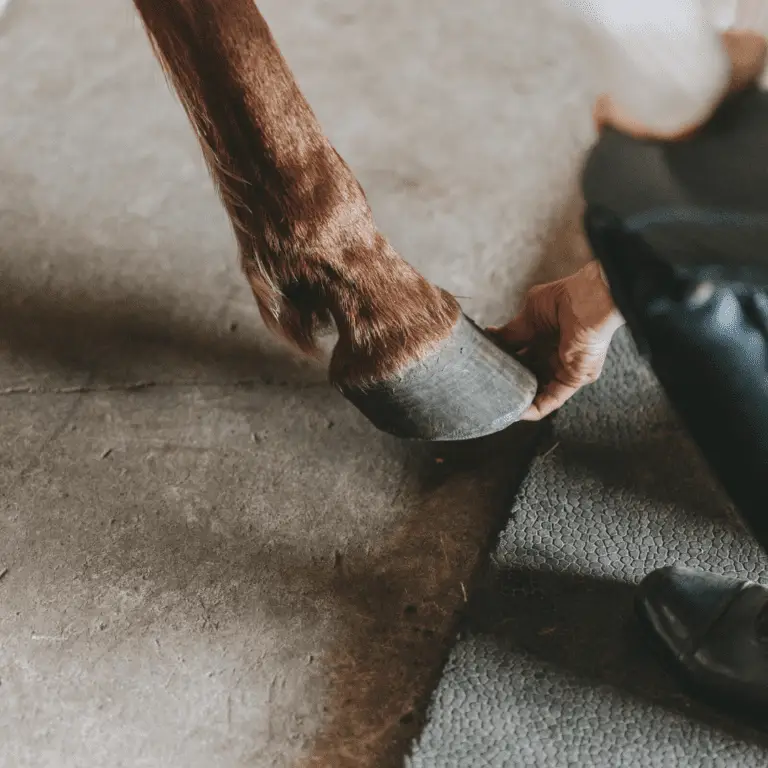
The Horse Hoof – Symptoms and Diseases
“No Hoof, No Horse.” The horse’s hoof represents a remarkable anatomical phenomenon. The horse rests practically all day on the tip of a single toe or finger. Hence the old adage, “No hoof, no horse.” There is no question that








